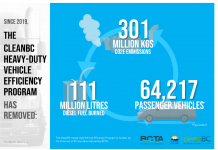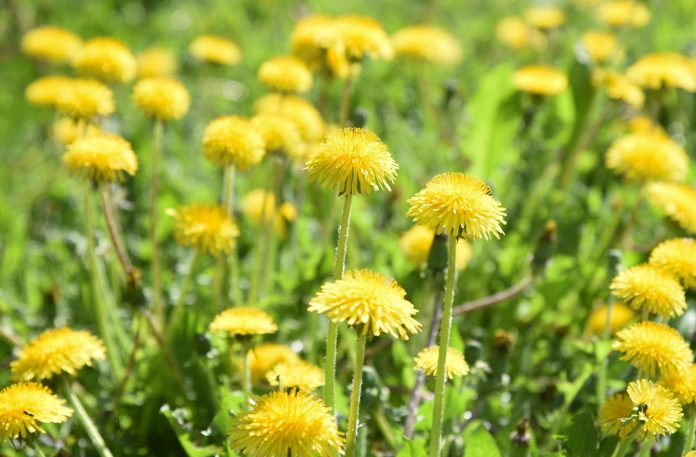Our Obsession With Dandelions
Quite frankly, I’ve given up. They are everywhere, in my lawn, your lawn, all over town, Canada and just about everyone on this planet. I’m talking about those bright yellow flowers which we call “weeds”, known as dandelions. I am not the only one who has given up. I am sure there are others like me because I see those yellow flowers everywhere. They grow where other plants simply can’t through concrete, rocks, and barren land. I have decided my time and effort removing them is too valuable simply because this is a battle I will never win. I believe that someday, dandelions will take over the earth and replace all other plant life. Dandelions were here before us, and they will be here long after we are gone. Why not enjoy them as spring flowers and get on with our lives instead of being obsessed with the futility of killing them?
Dandelions are the sharks of the plant world. They are more intelligent than us, I am sure of it. They are survivors, and they will grow where almost nothing else will. And try to pull them up; they break halfway and stay rooted.
They can take root in seemingly impossible places and are difficult to remove. But why is this plant so difficult to kill? They have adapted naturally over millions of years to survive under the most challenging conditions where they thrive, but most other plants fail. They are fast growers. Their bright yellow flowers go from bud to seed in days. Their lifespan is long, too – an individual plant can live for years upon years. That dandelion lurking in the corner of the playground might be older than the children running over it. Their roots keep sinking deeper and deeper over the years. They have been known to grow down 15 feet! Like a two-headed monster, for every one cut off, the roots clone and then divide; a one-inch bit of dandelion root can grow a whole new dandelion. Like steroidal muscle men, dandelion leaves can push and shove their way through solid rock or cement. They seem to be some ancient evil creature plant from the era of dinosaurs and long before humankind.
They are, in fact, prehistoric! Dandelions are thought to have evolved about 30 million years ago in Eurasia. In their past lives, humans have used dandelions for food and as a herb and even medicine throughout recorded history. They were well known to ancient Egyptians, Greeks and Romans and known to have been used in traditional Chinese medicine for over a thousand years. This super plant was used as food and medicine by Native Americans. It is thought that dandelions were probably brought to North America on the Mayflower for their supposed medicinal benefits.
Health Canada has approved a clinical trial of a concentrated dandelion root extract— created by Dr Siyaram Pandey, a biochemist at the University of Windsor—to treat 30 patients suffering from final-stage blood-related cancers. Dr Pandey spent four years developing the concentrated dandelion root extract; it consistently killed cancer cells in the laboratory but did not harm normal cells.
We are indirectly to blame for this boom in dandelion growth. We brought them here and then gave the “yellow peril” lawns to play and frolic in.
Modern society is in love with lush green carpets around our homes. They arrived when several diverse forces combined to make lawns popular. Industrialization helped to give us the lawn mower, and the growth of suburbs gave us this perceived want of a manicured carpet of green around our perfect homes. This popularization of lawns in our modern urban/suburban lifestyle became a boom in the growth of dandelions. Unfortunately, our obsession for the perfect green, weed, and dandelion-free lawn has come with tragic costs.
Herbicides used on lawns to kill dandelions take a terrible toll on wildlife. Figures for the U.S. say that more than seven million wild birds are estimated to die annually due to the use of lawn pesticides. Lawns take up thirty million acres, on which Americans use an estimated 80 million pounds of pesticides annually. The U.S. Fish and Wildlife Service reports that “homeowners use up to ten times more chemical pesticides per acre on their lawns than farmers use on crops.”
Lawn care is a massive business for service and chemical companies. They prosper due to our blind faith in them, providing us with a pristine-looking environment without contemplating the ecological cost of that “look”.
In the name of a perfect lawn, we seem to be poisoning ourselves and most other wildlife in our immediate habitat.
Bumblebees, solitary bees, honeybees, and other insects visit dandelions for food, hoverflies, beetles, and butterflies, and birds eat their seeds. They are unaware of our war against a part of their livelihood.
We are conducting a controlled battle which makes some gains, but at what cost? The irony is that in the end, we will never win that battle to eradicate dandelions and other common weeds.
I have neighbours who hire lawn care companies to reduce the amount of weeds in their lawns. Secretly I think they must disdain me and my spring crop of yellow flowers in the fear that my dandelion seeds will float to their property. Yet I have absolutely no sense of guilt here. I recall a Joni Mitchell song that sings, “Give me spots on my apples but leave me the birds and the bees”.
In the end, as Joni suggests, I would rather have a few bright yellow flowers in my lawn rather than harm the wildlife that visits my yard. That’s just my opinion. But I no longer have the stress of having to wage a constant war against weeds, especially dandelions. I, for one, would rather hear the songs of birds and the buzz of the bees and even enjoy the colorful yellow flowers that arrive soon after the snows of a long winter have melted. Signed, no longer obsessed.






















